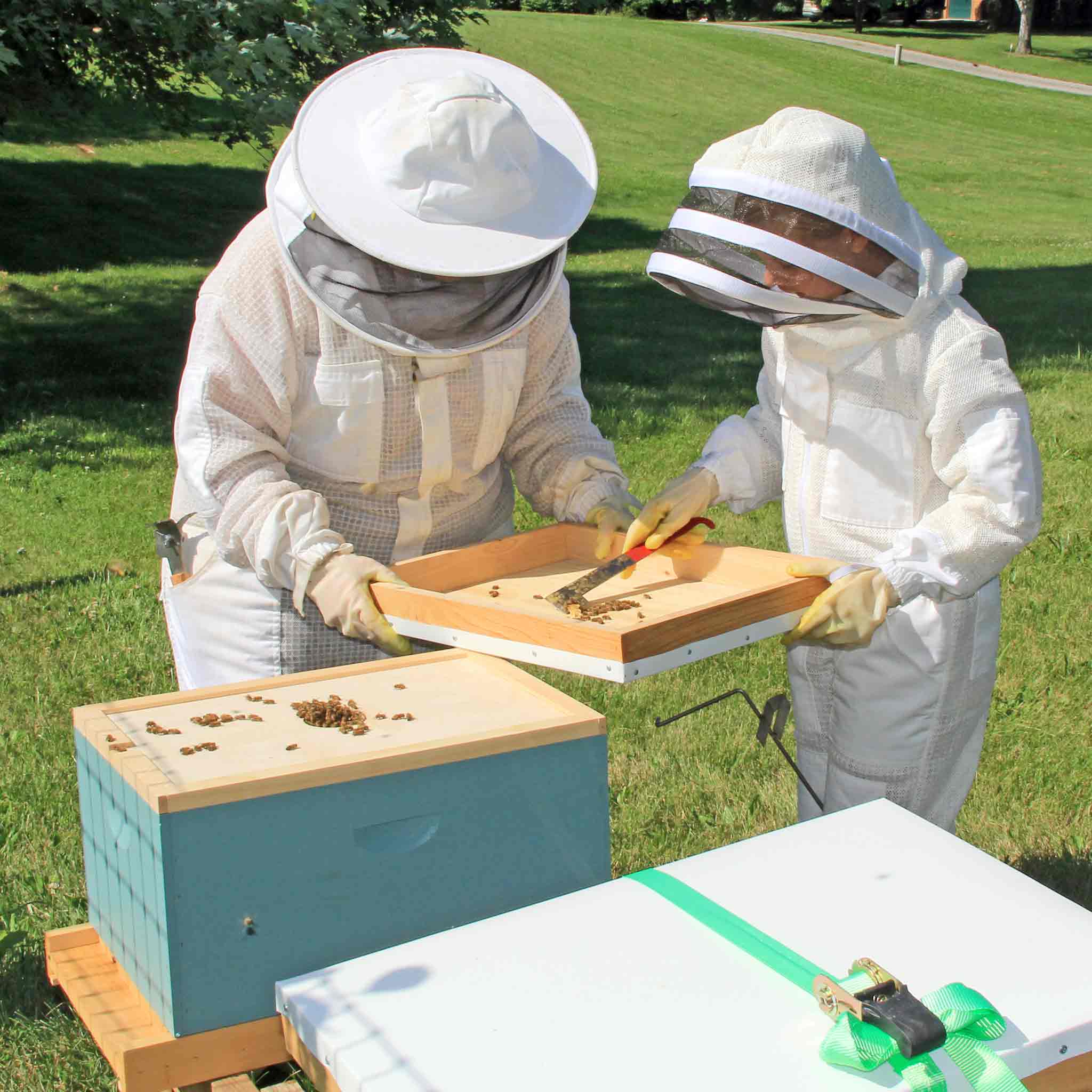Beekeeping, an ancient practice that connects us with nature, has seen a resurgence in popularity among gardeners, hobbyists, and environmental enthusiasts. At the core of this rewarding activity lies the bee house, a sanctuary for bees that not only supports biodiversity but also enhances your beekeeping journey.

A bee house serves as a focal point in your garden or apiary, providing safe lodging for bees to thrive and pollinate. Unlike traditional hives used for honey production, bee houses primarily aim to support the local bee population, including solitary bees, which are excellent pollinators. By installing a bee house, you contribute to the conservation of these vital insects, which face threats from habitat loss, pesticides, and disease.
Beekeeping with a bee house requires minimal intervention, making it an excellent starting point for beginners. It offers a unique opportunity to observe bees up close, learn about their behavior, and understand their role in our ecosystem. Moreover, bee houses can attract a variety of bee species, enriching your garden's biodiversity and boosting the health and productivity of your plants.
Choosing the right bee house is crucial for success. Look for designs that mimic natural bee habitats, with materials that ensure durability and safety for the bees. Proper placement is also key — a sunny spot protected from harsh weather conditions will encourage bees to take up residence.
Beyond its ecological benefits, beekeeping with a bee house brings a sense of fulfillment. It allows you to play an active role in environmental stewardship, supporting pollinators that are essential for a healthy planet.
In conclusion, integrating a bee house into your beekeeping practice not only enriches your experience but also contributes significantly to local conservation efforts. Embrace the buzz around beekeeping and make a positive impact on the environment, one bee house at a time.

No comments:
Post a Comment